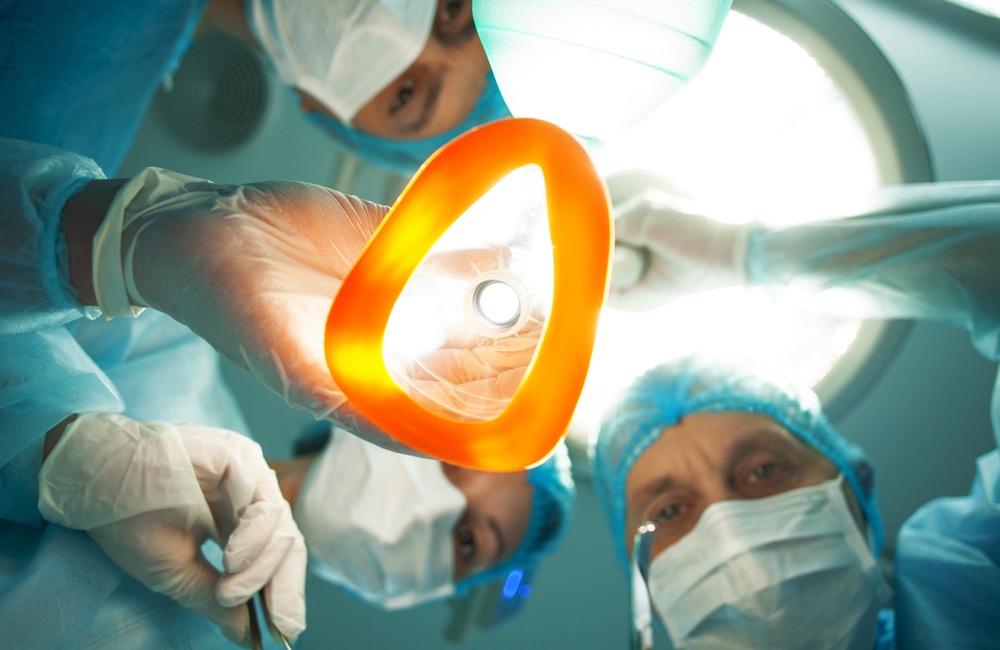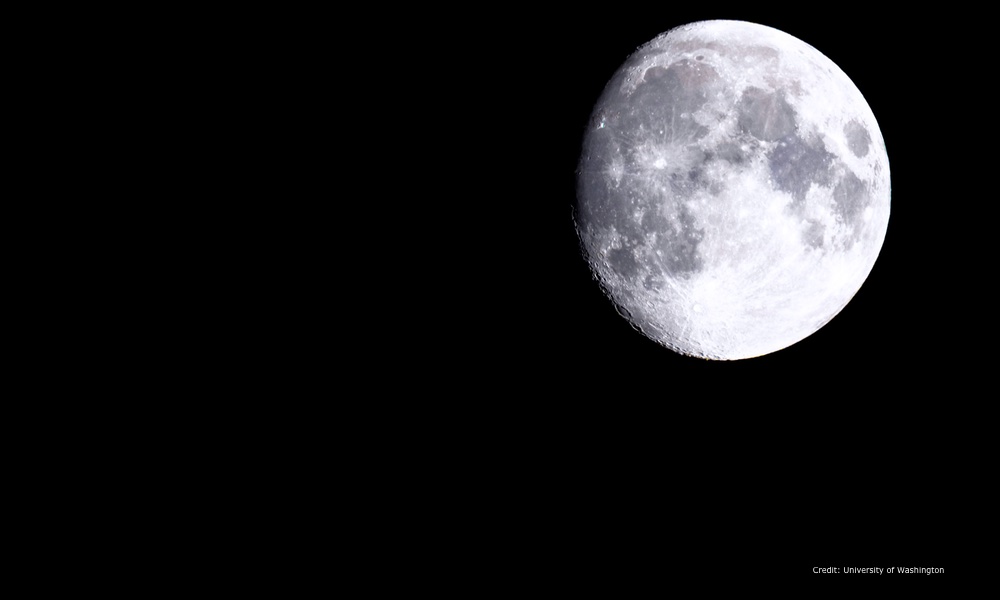Most people with insurance know to make sure they choose doctors within their network. But you can still end up getting socked with huge, unexpected medical bills. That's because you often don't get to choose certain types of doctors, such as anesthesiologists and radiologists, and these doctors may not be in network, even if your surgeon is, and the fees they charge, particularly in certain parts of the country, are off the charts.
Two researchers from Johns Hopkins University detail how, when and where this is likely to happen. Unfortunately, they have little to offer patients in the way of solutions, other than constant vigilance, and even this may not be enough.
Using Medicare records, the study examined the billings of over 400,000 doctors, comparing their charges to the Medicare allowable amount — what Medicare pays for medical services. Out-of-network patients and others, including the uninsured, are often charged substantially more.
On average, the study found doctors charge about two and a half times what Medicare pays for the same service. But this varied greatly from doctor to doctor. When they looked at the top 2.5% of highest billing doctors, over half of them were anesthesiologists. Who wants to have surgery without anesthesia?When they looked at the top 2.5% of highest billing doctors, over half of them were anesthesiologists. Who wants to have surgery without anesthesia?
On average, anesthesiologists charged nearly six times the Medicare rate for a procedure (5.8), followed by radiologists (4.5) and emergency medicine specialists, pathologists and neurosurgeons (all 4.0).
There is a school of thought that says Medicare systematically underpays doctors. True or not, Anderson, a professor of medicine at the Johns Hopkins University School of Medicine who has written two books on health care payment policy, knows of no study indicating that Medicare rates place a larger burden on the specialists that charged the most in this study.
The authors believe that Congress should take steps to require physicians to disclose their network status to each patient before delivering the service and to post out-of-network prices. However, disclosure alone won't fully solve the problem. It still leaves too many patients, such as those with a medical emergency and those who are too frail to make decisions, with little or no choice in the matter.Disclosure alone won't fully solve the problem. It still leaves too many patients, such as those with a medical emergency and those who are too frail to make decisions, with little or no choice in the matter.
Anderson, in a statement, mentioned a 2015 New York law that restricts the amount out-of network doctors can charge a patient as a model for reducing excessive surprise medical bills. Like patients' bills of rights in other states, it is difficult to decipher. In addition, eleven other states limit the amount that out-of-network physicians can charge, but these limits generally apply only to emergency care.
Your surgeon may not be able to tell you who will be administering anesthesia during your surgery, or who will be reading your x-rays or scans. But if you make your concerns known ahead of time, you may reduce your chances of having a coronary when you open your hospital bill.
The research letter appears in JAMA, The Journal of the American Medical Association.





